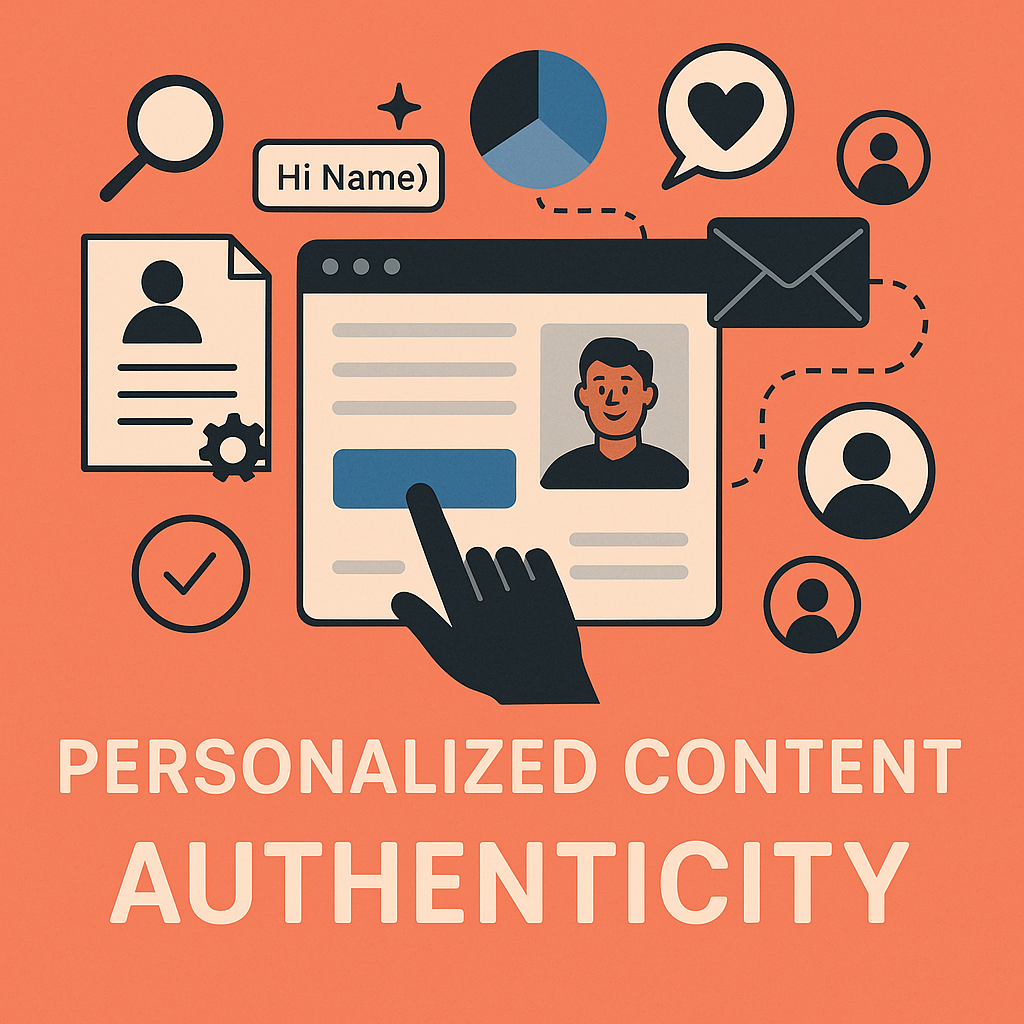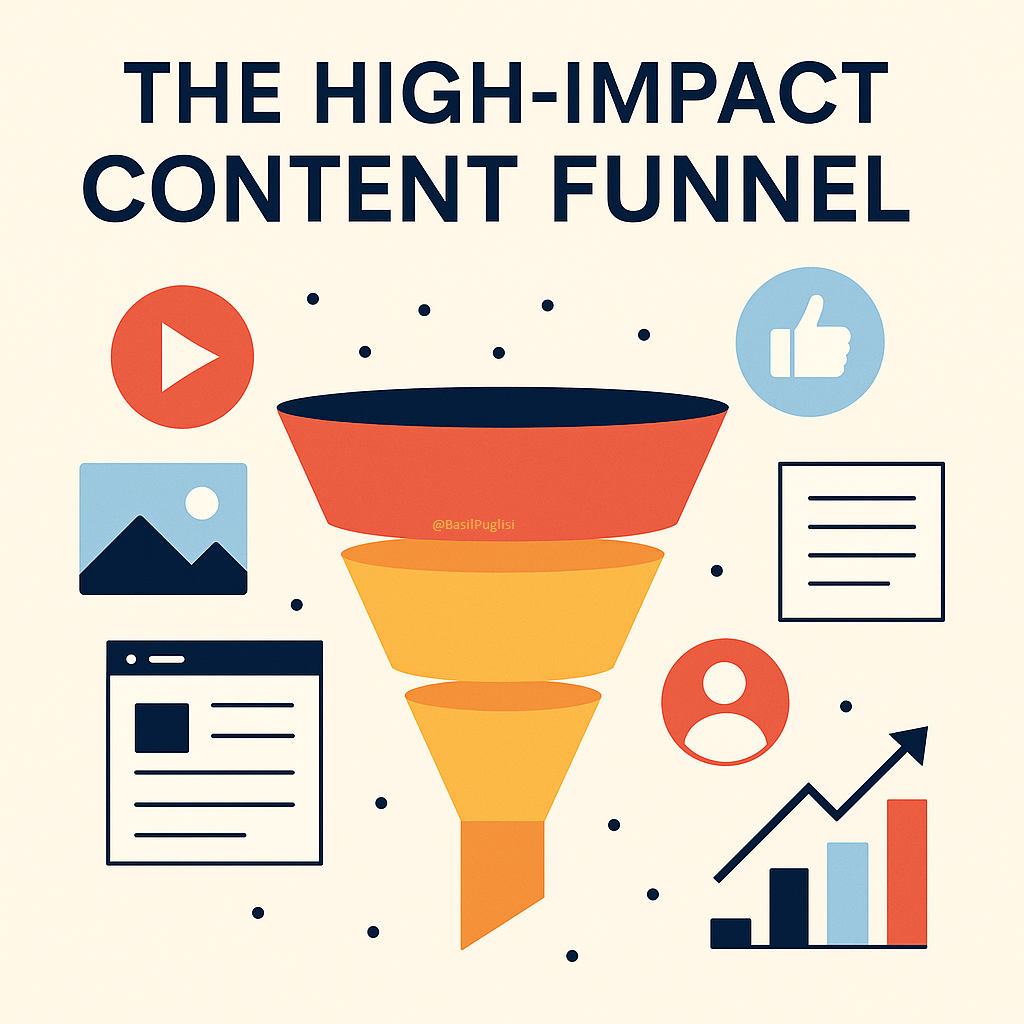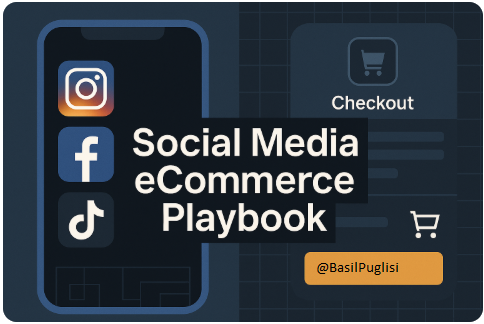If someone told you that a single sentence from your customer could outperform your entire ad campaign, would you believe them? According to Nielsen, 92% of consumers trust user-generated content (UGC) more than traditional advertising (Nielsen, 2012). That level of credibility isn’t something a brand can manufacture in-house — it must be earned, nurtured, and strategically amplified. Social proof has moved from being a persuasive side note to becoming one of the most powerful assets in the content marketing arsenal.

Social proof marketing is the practice of leveraging the voices of customers, peers, and communities to build trust and influence purchase decisions. It spans product reviews, testimonials, case studies, influencer collaborations, and community-generated content. The psychological principle is simple: people trust other people. In an era of skepticism toward polished brand messaging, authentic user experiences carry disproportionate weight.
B2B vs. B2C Impact
In B2B environments, decision-makers often face high-risk purchases involving long sales cycles. Here, testimonial marketing, peer endorsements, and case study SEO can shorten buying timelines by reducing perceived risk. A well-placed client success story, optimized with schema markup, can drive qualified leads directly from search results (Search Engine Journal, 2022a).
B2C brands, on the other hand, thrive on volume and emotional connection. Sephora’s Beauty Insider Community is a prime example, where user reviews and peer-to-peer product advice foster loyalty and repeat purchases (Sephora, 2019). Whether it’s a single review that tips a buyer toward checkout or a viral hashtag that floods Instagram feeds, the immediacy and relatability of UGC can deliver exponential returns.
Factics
Fact: 92% of consumers trust UGC over traditional ads (Nielsen, 2012).
Tactic: Integrate customer stories into blogs, landing pages, and product videos. Pair them with headshots or authentic visuals to maximize relatability.
Fact: Adding reviews can increase conversion rates by up to 270% (Spiegel Research Center, 2017).
Tactic: Implement review schema so testimonials appear in Google’s rich snippets, increasing both visibility and click-through rates.
Fact: UGC improves purchase intent when interaction quality is high (Geng & Chen, 2021).
Tactic: Respond to and engage with user submissions to enhance perceived authenticity and brand responsiveness.
Fact: UGC analysis can reveal competitive advantages (Li et al., 2022).
Tactic: Use sentiment analysis tools to identify feature gaps and turn them into unique selling points.
Platform Playbook
Goal: Strengthen credibility and conversions through social proof integration.
Instagram: Feature customer stories in carousel posts; use branded hashtags for aggregation; measure engagement via saves and shares.
YouTube: Produce “customer journey” videos highlighting transformation stories; track watch time and subscriber growth from testimonial playlists.
LinkedIn: Publish B2B case studies as native articles; monitor inbound inquiries and lead form completions.
Google Business Profile: Encourage reviews post-purchase; monitor keyword rankings for review-rich search results.
Best Practice Spotlight
LEGO Ideas – Turning Fans into Product Designers
LEGO’s Ideas platform allows fans to submit and vote on new set concepts, with winning ideas turned into official products (LEGO Group, 2021). This approach doesn’t just crowdsource creativity — it turns customers into stakeholders. The result is an engaged global community producing market-ready innovations with built-in demand. The program has generated sets like the Women of NASA and the Ship in a Bottle, both of which became top sellers upon release.
Hypotheticals Imagined
Scenario 1: B2B SaaS Testimonial Acceleration
A mid-market SaaS company integrates video testimonials from enterprise clients into its landing pages. By using review schema, these stories appear in Google search with star ratings, increasing CTR by 35%. Six months later, the sales team reports a 20% decrease in the average sales cycle length.
Scenario 2: Retail Brand UGC Campaign
A home décor retailer launches a “Styled by You” Instagram contest, encouraging customers to share photos of their living spaces using the brand’s products. The campaign generates over 5,000 tagged posts in two weeks, increasing referral traffic by 48% and driving a 15% boost in Q4 online sales.
Scenario 3: Local Service Provider Review Optimization
A regional HVAC company implements a post-service review program tied to a small loyalty incentive. Within 90 days, they gain 200+ new Google reviews, increasing their local pack ranking from position 7 to position 2, and inbound calls grow by 25%.
References
Airbnb. (2021, March 30). Made possible by hosts. Airbnb Newsroom.
LEGO Group. (2021, August 17). LEGO® ideas – LEGO® history. LEGO.
Nielsen. (2012, July 21). Consumer trust in online, social and mobile advertising grows. Nielsen.




